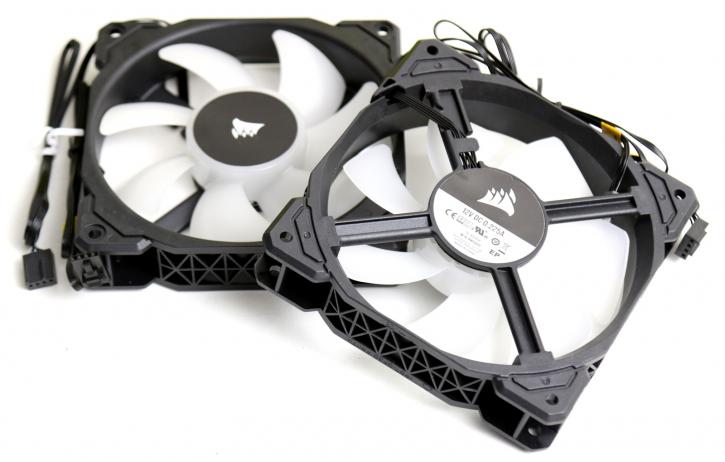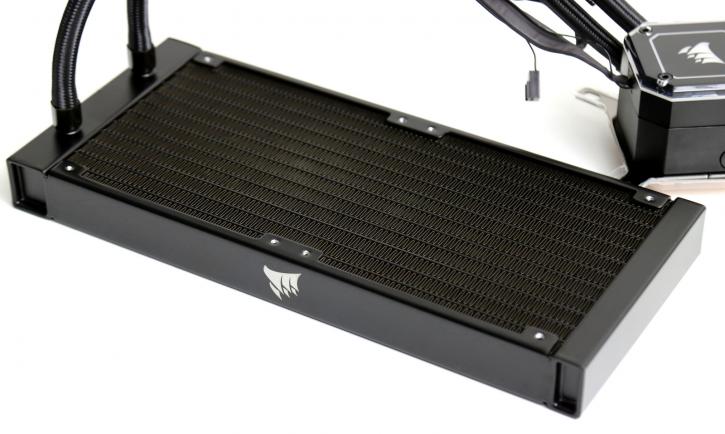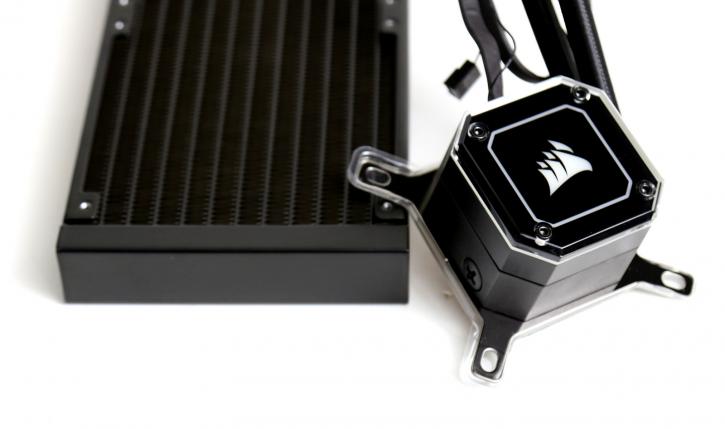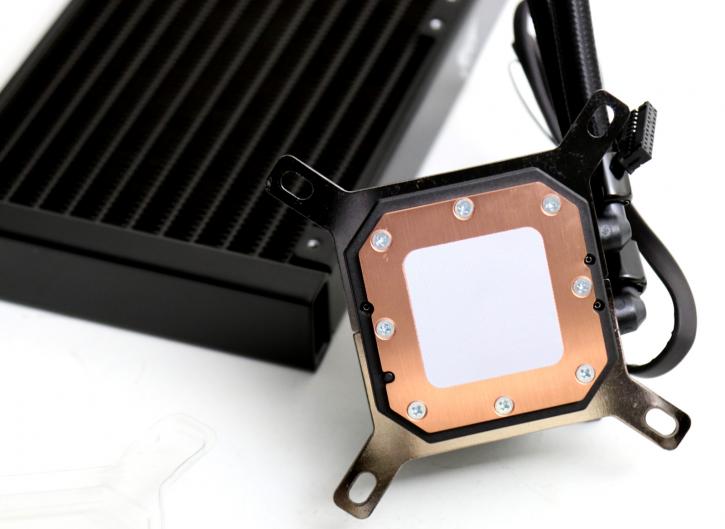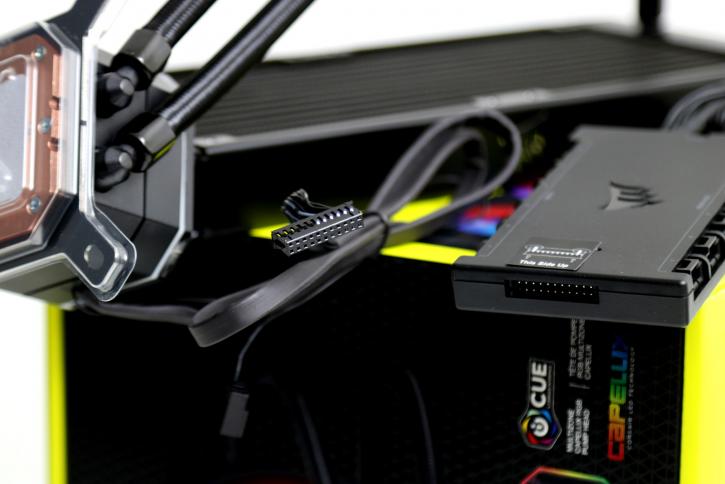Product Showcase
Here we have the ML 140mm high static pressure fans. You obviously get two of these, all PWM based as stated. The ML series is short for magnetic levitation; at low RPM, these fans offer quite a bit of airflow while that low RPM offers low noise. Once they pass ~1300 RPM, it's quite the opposite, though. These RGB fans have 8x LEDs each, individually programmable. At 12v, the ML fans are noisy as heck, but the rating on these fans is insane as they can move so much air, even at low RPM, and that is what we are after; low noise levels offering good cooling performance. You can select multiple preset modes ranging from silent to performance in the software as well as a zero RPM mode, which deactivates the fans up-to a coolant temperature of 40 Degrees C. The default (balanced) configuration keeps things rather silent. We'll show you all that in the software overview, though.
When we flip it around, we see the radiator a little better. Easy to mount, most big-tower chassis have pre-fitted holes and space for 280mm rads these days. The unit measures 277mm x 120mm x 27mm.
Here we have the cooling block. Inside is the pump as well 1+1 is a patent, ergo this unit is licensed from Asetek. Being an I series (iCUE compatible) cooler, there was typical quite a bit of cabling tied to the unit. However, that has been revised. Just one cable leads to the HUB and one cable to the motherboard (pump RPM). New for this model is a dynamic Multi-zone RGB Backlit Pump: 33 Individually controlled RGB LEDs with 21 zones light up the pump head to produce stunning, customizable lighting effects to match your build.
When we flip the CPU cooling block/pump around, we see an all copper base, with TIM (thermal grease) already applied for you. Not exactly a mirror / lapped finish through the performance is good, as you'll find out soon enough.
So one cable needs to go towards your motherboard, and then a flat cable to the HUB. This brings much cleaner looks to the CPU area as you no longer have to deal with a spaghetti of wires.

